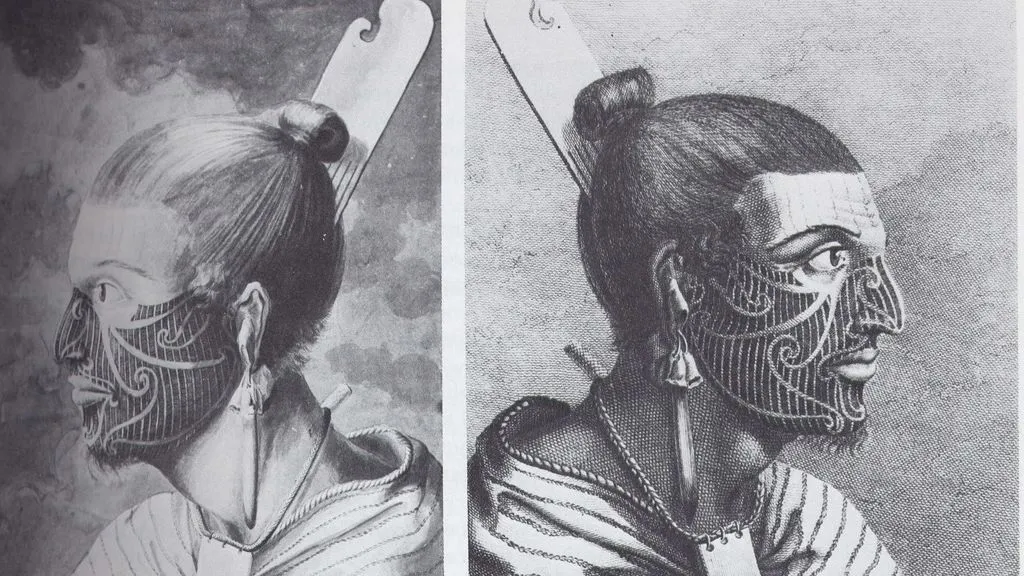The Berlin ethnological museum has returned two mummified Maori heads to New Zealand on Monday, as “a sign of reconciliation for societies affected by colonialism.”
The Berlin ethnological museum on Monday returned two mummified Maori heads to New Zealand as a “sign of reconciliation for societies affected by colonialism.” New Zealand’s Te Papa Tongarewa Museum in Wellington had requested the return of the two Toi moko in autumn last year.

The Toi moko, as this type of tattooed head of Maori men is known, had arrived at the German museum in 1879. But the names and the route by which they arrived in Europe are unknown, according to German television channel Deutsche Welle.
The tattooed heads of Maori men were considered a collector’s item in 19th century European society, so due to the high demand, slaves and prisoners of war were tattooed and then killed so that their heads could be sold.

Since 2003, the Berlin museum has returned several Maori remains to New Zealand, as well as announcing the return of Aboriginal ancestral remains to Australia. “We will do everything possible to continue on this path of correcting historical mistakes,” added the president of the Prussian Cultural Heritage Foundation (SPK), which manages the Berlin museum.
The repatriation is “a sign of reconciliation for societies affected by colonialism,” said Monika Gruetters, Federal Commissioner for Culture and Media, in a statement reported by the aforementioned media.

The singing of the ‘karanga’, the traditional way in which Maori women pay homage to their ancestors, opened the ceremony that marked the transfer. The ceremony also included the reciting of ‘karakia’, another of the tribe’s traditional prayers or invocations.






